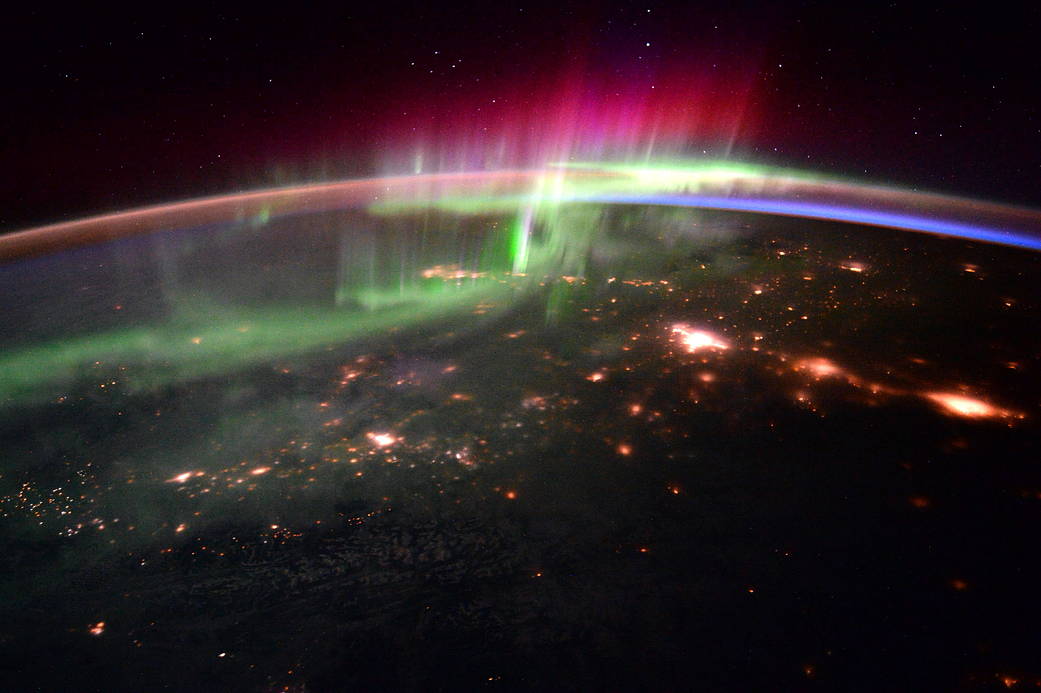How dating an ancient text revealed one of the oldest observations of aurora known.
It’s one of the greatest sky spectacles you can witness. Along with a total solar eclipse and a major meteor storm, I’d put a fine aurora display up there as one of the the most amazing things you can see in the night sky. And we’re not talking about the dull green glow that folks in the ‘lower 48’ see to the north and dismiss, but the glorious silent streamers of auroral curtains that can light up the entire sky.
Now, a recent study, entitled A Candidate Auroral Report in the Bamboo Annals Indicating a Possible Extreme Space Weather Event in the 10th Century BCE may have pinpointed one of the earliest accounts on ancient aurorae. In the study, University of Pennsylvania and Nagoya University researchers culled through the legendary chronicle known as the Bamboo Annals (also sometimes referred to as Zhushu Jinian) penned around the 4th century BCE. Chinese texts are some of the best documented sources of sky phenomena stretching back over the millennia, to include accounts of naked eye sunspots, supernovae and meteor outbursts.

Specifically, the Annals refer to a “five-coloured light” in the northern sky, around the time of the Zhou Dynasty. Using the accurate chronology of ancient Chinese dynasties allowed researchers to refine the date for the observations down to between 977 to 957 BCE—a span of only two decades. This would place the aurora observation and account three centuries earlier than any previous known observation.
“The original report was only dated as the last year of King Zhao,” says Hisashi Hayakawa (Nagoya University). “We were not sure when it was. However, these scholarly chronologies have allowed us to date the reign (and hence the last year too) of King Zhao. This allows us to date this candidate auroral record.”

Researchers also noted that tree ring data (another source of defining ancient solar activity) suggest that the Sun was especially active and on the uptick in the 10th thru the 8th century before what is known as the Homeric Grand Minimum, and that the drifting magnetic pole and auroral oval would have been tipped towards the Eurasian side of the globe at the time, also favoring Chinese observers.

“The candidate space weather report indicates probable enhancement of the solar cycle,” says Hayakawa. “Mid-latitude aurorae are typically seen in active phases of the solar cycles.”
The study is important as it shows how ancient records can be tied with scientific observations.

Auroral displays must have been a true puzzle for ancient skywatchers. And to think, they would have had no idea as to what they were actually seeing. The topic of aurora is also timely in terms of modern space weather, as Solar Cycle 25 gets underway in earnest in 2022. Just this past weekend, we now have a massive sunspot complex turning Earthward:

Keep an eye out for aurora from mid-to high latitudes, and stare in wonder at a spectacle that must have awed Chinese astronomers long ago, and moved them enough to write it down.
Lead image credit: Aurora seen from low Earth orbit from aboard the International Space Station. Credit: NASA.

